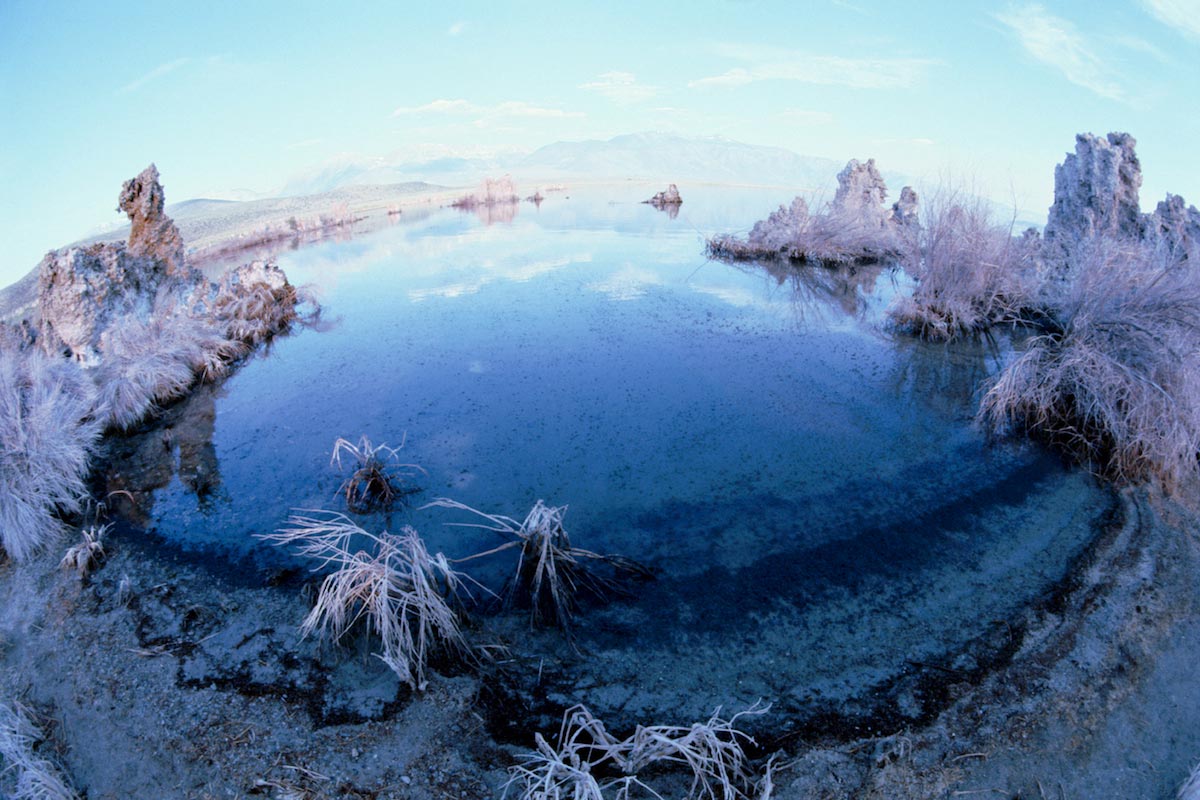
Advertisement
The Golden State just can’t seem to catch a break. Officials say that the Leroy Anderson Dam, near Morgan Hill, could “liquefy” in the event of an earthquake. The dam’s embankments have been deemed “seismically unstable.” Safety concerns about the dam continue to rise, especially after the Coyote Creek flooding that devastated thousands in San Jose, CA in February 2017.
Since 2009, the state’s Division of the Safety of Dams has had a restriction in place that limits the Anderson Dam to keeping a water level at or below 68 percent of its full capacity. CBS reported in February that the dam was at 90 percent — clearly, the concern about the safety of the dam is more than justified, especially after the Oroville Dam incident.
The rising water level and subsequent flooding have prompted Santa Clara Valley Water District Board of Directors Chair John Varela to send out a public letter informing area residents of the concerns surrounding the Anderson reservoir. “What would happen if a massive quake did occur? There’s a chance that the dam could be damaged, but the chance of immediate dam failure is exceedingly remote,” Varela said in the letter.
State officials from the Water District have cautioned that a 7.25 magnitude earthquake is all it would take to at least partially damage the dam. Depending on the level of collapse, a wall of water up to 35 feet high could be released and potentially flood Morgan Hill, Gilroy and San Martin. The district plans on beginning a seismic retrofitting project to secure the dam, but the project will not begin until 2020. It is expected to take four years to complete — leaving a very large window of time for that earthquake in question to shake the dam and flood the area.

It’s also worth noting that the retrofitting project began in 2012, according to the Santa Clara Valley Water District website. Apparently, the risk of impending disaster is not enough to spark the wheels of bureaucracy to move faster than a snail’s pace. Breitbart reports that officials say the endeavor is still in its “design phase,” and that it will be coming with a hefty price tag, estimated at around $400 million. Residents can expect to pay for the retrofitting project via a parcel tax and increased water prices for the next 30 years. (RELATED: Keep up with the government’s latest charades at Liberty.news)
In the meantime, officials have decided to reduce the dam’s maximum water level by an additional ten feet, though whether or not that will be enough to ensure public safety is still up for debate; it’s better than nothing, but fixing the dam would clearly be preferable. As we learned with the Oroville Dam escapade, delaying repairs sets the stage for catastrophe.
Earlier this year, the Anderson Reservoir experienced its first flooding incident in over a decade. Water from the dam’s spillway began to overflow, the water level in Coyote Creek began to rise — and San Jose was left reeling from the effects. City officials were forced to order some 14,000 citizens to evacuate their homes during the mid-February flood — and shut down a portion of a major highway. Assistant City Manager David Sykes said private property damages added up to a steep $50 million, and public infrastructure damages were estimated to total up to $23 million.
Sources:
Submit a correction >>
This article may contain statements that reflect the opinion of the author
Advertisement
Advertisements















